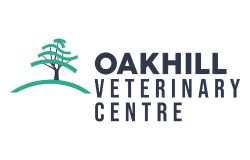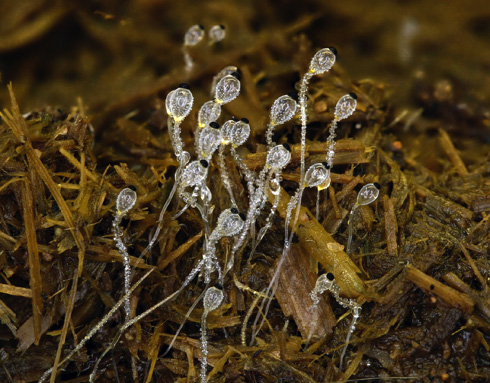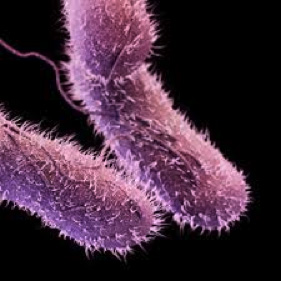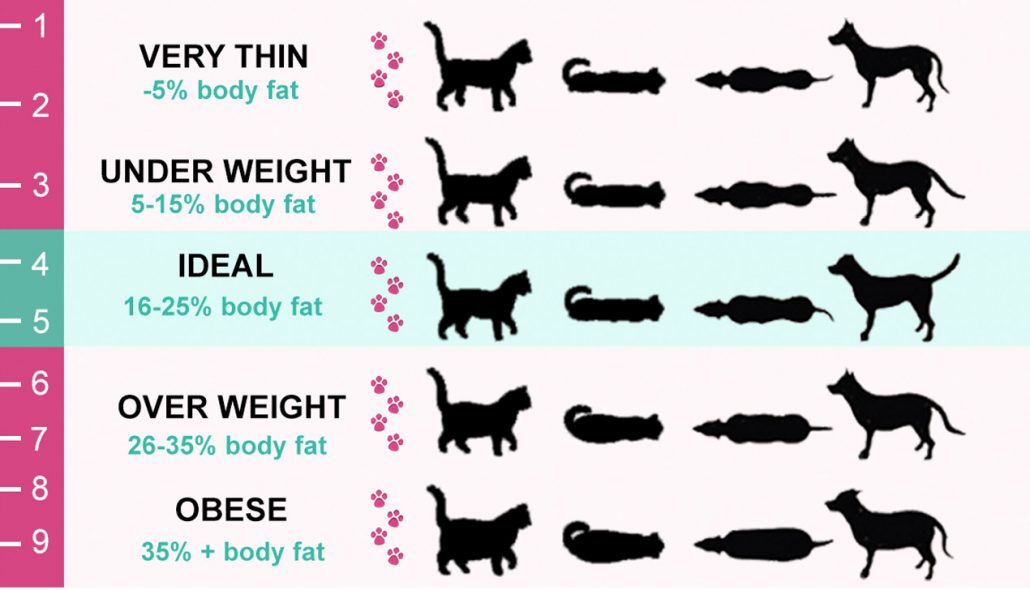As warmer weather approaches, a lot of animals may start becoming itchy. If this itching becomes excessive, skin infections and irritation can make your pet miserable. There are many possible reasons for the itch: parasites, bacterial infections and allergic skin disease are some of the main causes, and in some cases all of these may be seen together.
Dogs and cats with allergic skin disease can be itchy all over, or the irritation can be localised to the feet, face, ears and stomach – or even just one of these areas.
Allergic skin disease (or atopy) is particularly common at this time of year. The three most common types of allergies are:
Flea allergic dermatitis (FAD):
Some pets develop an allergic reaction to the fleas’ saliva. An itchy dog and its environment must be thoroughly treated for fleas before FAD can be ruled out.
Environmental allergens:
This is an allergic reaction to a substance (allergens) in the environment. These allergens can be seasonal (grass and tree pollens) or non-seasonal (house dust mites). The causative agents can be determined by either a blood test or intra dermal skin testing. This condition is more common in dogs compared to cats. It usually affects dogs initially between the ages of 1-3 years and the condition can last a lifetime. There appears to be an inherited predisposition with certain breeds such as Westies, Labradors, Shar Peis and Staffordshire Bull Terriers, although it can be seen in any breed.
Food allergy or intolerance:
This is the least common cause of allergic skin disease. Pets can be allergic to particular components of the food. A strict food trial (please speak to your vet for the appropriate diet recommendation) for a period of 4-6 weeks is needed followed by re-introduction of food components to confirm a diagnosis.
The approach to investigating an itchy dog can be intensive and time consuming, but depending on the cause of your pet’s itchiness we have a wide variety of treatments available to control their symptoms and keep them comfortable and happy. Please ring to book a consultation at the surgery to discuss both investigation and treatment with one of our vets.




